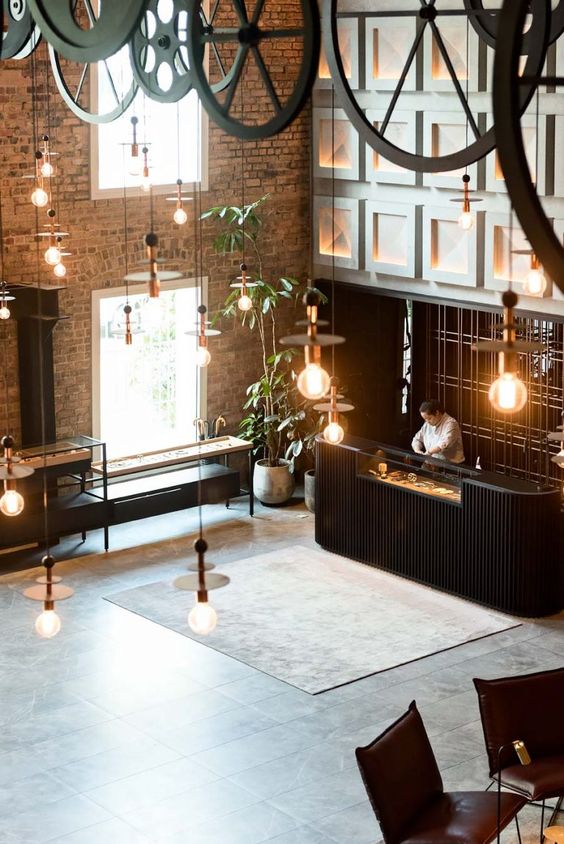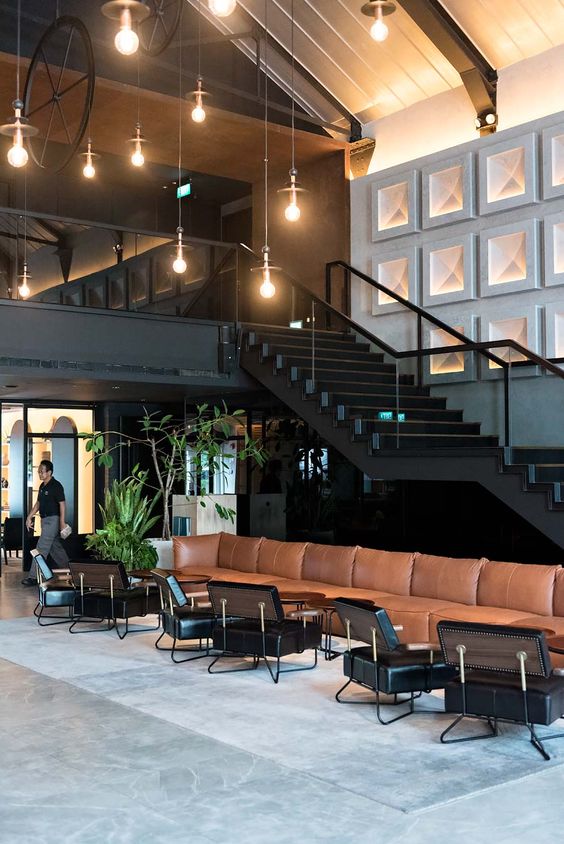Andraursuta.com – The industrial warehouse has a range of functions for a company, from the storage and display of goods for commercial buyers to the packing and shipping of orders. Like any other building, warehouses respond quickly to technological developments. In the past, a warehouse was generally a single-story structure of load-bearing masonry walls and heavy-framed timber, with upper levels rarely exceeding five stories. The emergence of new materials and methods has resulted in rapid improvements in warehouse architecture.
Advantages of Industrial in Texas
For example, Texas will experience population growth of nine percent over the next five years, resulting in significant industrial growth. El Paso, Texas, will also benefit from its border location with Mexico, which will drive rent increases of 28.5%. The growth of logistics hubs and investment capital into these cities will further bolster Industrial Warehouse markets in the Southeastern US, including seaport and inland ports in Charleston and Greenville, as well as Atlanta and Central Florida.
Industrial warehouses can be categorized according to their purpose. They may be used for light manufacturing and storage, or they may be used for the distribution of finished products. Light manufacturing, in turn, is any space dedicated to the manufacturing of a product. The term “light metal” refers to materials used in construction. These types of warehouses are used by companies that produce consumer goods, including electronics and clothing. They are also necessary for businesses that require industrial space.

General warehouses differ from other types of warehouses in terms of layout. They are more flexible than their counterparts, and they tend to place less emphasis on location. General warehouse space does not require countless rows of rolling doors, nor does it require specialized machinery or large, customized buildings. Its purpose is as a holding center for goods, rather than a production facility. They also don’t place as much emphasis on proximity to transportation corridors. Instead, they favor agility over proximity.
General Characteristics of Industrial Warehouse
In addition to warehouses, industrial logistics centers also serve the purpose of expanding a company’s distribution channels and network. They fulfill a significant need in remote areas and enable the business to reach a wider audience. While both buildings are often built from the same materials, the construction methods differ slightly. Industrial warehouses are generally constructed of metal, concrete, or a combination of both. The latter type of warehouse also has a larger construction area than a logistics centre.

When choosing an Industrial Warehouse, it is essential to consult with an attorney who specializes in warehouse leasing. An Arizona commercial real estate attorney can assist you in negotiating the best possible lease for your business. It is also helpful to work with an inspector who is certified in industrial warehouses. Occasionally, a general contractor or industrial engineer may be necessary as well. Finally, it is important to understand how much your new warehouse lease will cost you. If you are not aware of the exact cost breakdown, you could end up incurring unexpected expenses and facing a hefty bill.
Whether you use a conventional warehouse layout or an industrial warehouse with a multi-level design, the storage space is key to the success of your operations. The most important factor in determining how to best utilize space is the volume of your product. High-demand products, for instance, should be stored at low-level storage racks near primary aisles, which minimizes the time and distance required to move them. Low-demand items can be stored at higher levels, which will save you space and allow for easier access for workers.
Tips for Managing Industrial Warehouse Management
The overall process of warehouse management involves planning, implementing, and monitoring all aspects of warehouse operations. Using warehouse management software is a good way to streamline these tasks, reducing the need for manual records and maximizing efficiency. It is also possible to utilize warehouse management software to automate processes, including inventory tracking and inventory management. In addition to these, you can also use a warehouse management system to help you manage your inventory and work load. It is essential to consider the following factors when choosing a Warehouse Management System.

Location is another important factor to consider when purchasing a warehouse. Make sure you buy in a livable area with ample parking. Consider whether nearby businesses are located near the warehouse. Check crime statistics as well. This will give you an idea of how attractive the warehouse is to potential renters. If it is close to a shopping center, it will be easier for potential tenants to move in and use the space as needed. So, be sure to check the zoning before you decide on a location.
